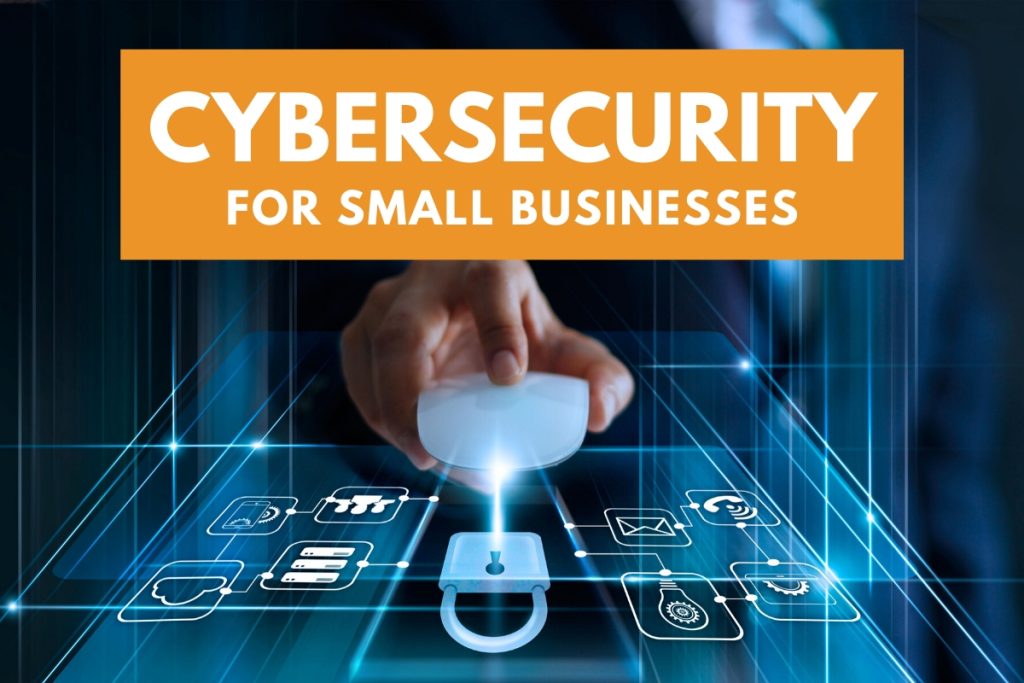In today’s digital economy, small businesses are the backbone of innovation but also one of the easiest targets for cybercriminals. While many assume hackers only go after large corporations, the truth is that small businesses face over 40% of all cyberattacks, according to the Verizon Data Breach Investigations Report. The reason is simple: limited budgets, weaker defenses, and lack of cybersecurity awareness make them attractive targets.
Fortunately, protecting your business doesn’t require a massive IT budget. With the right strategy, awareness, and smart tools, small businesses can build strong defenses without overspending.
Table of Contents
Why Small Businesses Are Prime Targets
Cybercriminals often view small enterprises as easy prey. They know these organizations store valuable customer data payment details, emails, and personal information but rarely have the same level of protection as larger firms.
According to CISA, small businesses that suffer a cyberattack spend an average of $200,000 recovering from the damage. For many, that’s enough to shut down operations permanently.
Hackers also use compromised small businesses as stepping stones to reach bigger companies in their supply chain, making them an indirect gateway to larger targets.
Common Cyber Threats Facing Small Businesses
1. Phishing and Social Engineering
Phishing remains the number one threat. Attackers send emails that appear legitimate pretending to be suppliers, clients, or government agencies tricking employees into revealing sensitive data or clicking malicious links.
2. Ransomware Attacks
Even small businesses are targets for ransomware. Attackers encrypt business files and demand payment in cryptocurrency. Since smaller firms often lack reliable backups, they are more likely to pay.
3. Weak Passwords and Poor Authentication
Reusing passwords or failing to implement multi-factor authentication (MFA) allows hackers easy access to business systems.
4. Unpatched Software
Cybercriminals frequently exploit outdated software. Without regular updates, even basic systems like email or POS (Point of Sale) can be compromised.
5. Insider Threats
Employees or contractors with access to sensitive data can unintentionally or deliberately cause breaches. Training and access control can significantly reduce this risk.
Building a Cost-Effective Cybersecurity Strategy
Even with limited resources, small businesses can create a strong defense by focusing on awareness, prevention, and preparation.
1. Train Employees Regularly
Human error is the root cause of most breaches. Providing basic cybersecurity training helps employees identify phishing emails, suspicious links, and fake websites.
Free training materials from CISA’s Cyber Essentials Guide and Google’s Safety Center are great starting points.
2. Use Multi-Factor Authentication (MFA)
Enable MFA on all critical systems email, cloud storage, accounting software, and admin dashboards. It ensures that even if passwords are stolen, hackers cannot access accounts easily.
3. Keep Software Updated
Apply updates for your operating system, antivirus software, and business applications as soon as they’re released. Most updates patch critical vulnerabilities. Automating this process reduces the chance of human oversight.
4. Backup Data Regularly
Follow the 3-2-1 rule: three copies of your data, stored on two different media, with one copy offsite or offline. Cloud storage services like Google Drive, Dropbox, or Backblaze offer affordable backup options with encryption.
5. Install a Reliable Antivirus and Firewall
Free or low-cost solutions from reputable vendors like Bitdefender, Avast, or Microsoft Defender can provide essential protection. Configure your firewall to monitor incoming and outgoing traffic.
6. Secure Your Wi-Fi Network
Change default router passwords and use WPA3 encryption. Segment guest and employee networks to prevent unauthorized access.
7. Limit Access and Permissions
Not every employee needs full access to every file. Implement Role-Based Access Control (RBAC) so users only see what they need. This reduces damage if an account is compromised.
8. Create a Cyber Incident Response Plan
Prepare a step-by-step guide for responding to attacks. Include who to contact, how to isolate infected systems, and how to restore backups. This ensures faster recovery and less panic during an actual breach.
Affordable Tools Every Small Business Should Use
- Password Managers: Tools like LastPass or Bitwarden help create and store complex passwords securely.
- Free Security Monitoring: Use tools like Cloudflare DNS for safer browsing and Have I Been Pwned to check if your business emails have been compromised.
- Endpoint Protection: Malwarebytes and ESET offer affordable endpoint security for small business networks.
- Secure Cloud Storage: Choose cloud services that include encryption and compliance certifications like ISO 27001 or SOC 2.
The Importance of Cyber Insurance
As cyber threats evolve, more small businesses are turning to cyber liability insurance. It covers costs related to data breaches, ransomware, and business interruption. Insurers often provide free risk assessments and response planning tools, which can strengthen your overall security posture.
Real-World Example
In 2024, a small logistics company in the UK was hit by ransomware through a phishing email. The entire network was encrypted, halting deliveries for three days. Fortunately, the company had offsite backups and a response plan in place. They restored operations within hours and reported zero data loss.
This case highlights a critical truth preparation is cheaper than recovery.
Conclusion
Cybersecurity isn’t a luxury for small businesses it’s a survival skill. You don’t need a million-dollar budget to stay safe; you need smart practices, consistent awareness, and affordable tools.
By prioritizing employee training, securing passwords, updating software, and backing up data, small businesses can protect themselves from most common attacks.
The digital age offers tremendous opportunities, but safety must always come first. In cybersecurity, knowledge is your strongest shield and awareness your most valuable weapon.
Also Check Cloud Security – Protecting Data – 2025




1 thought on “Cybersecurity for Small Businesses – Safe on Budget – 2025”